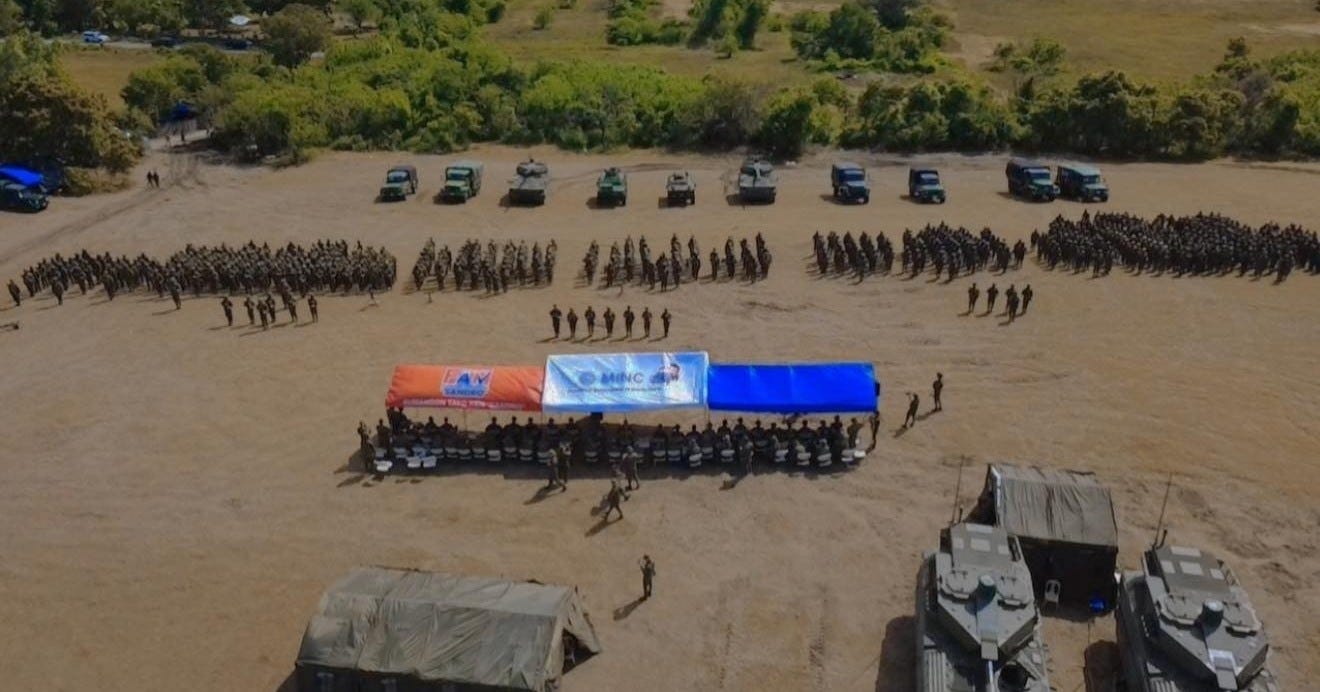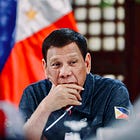This piece is freely available to read. Become a paid subscriber today and help keep Mencari News financially afloat so that we can continue to pay our writers for their insight and expertise.
US Defense Secretary Pete Hegseth is shifting the balance of power in the Indo-Pacific region through two recent major security agreements with strategic countries, India and the Philippines.
These defense deals are a clear warning to China, its strategic rival and potential adversary, which is rapidly expanding its influence not only in Southeast Asia but also in South Asia.
In the South China Sea, China has been deploying hundreds of Navy, Coast Guard, and civilian militia vessels to box out the US Navy vessels conducting freedom of navigation patrol operations (FONOPs) in the disputed waters.
Truth matters. Quality journalism costs.
Your subscription to Mencari (Australia) directly funds the investigative reporting our democracy needs. For less than a coffee per week, you enable our journalists to uncover stories that powerful interests would rather keep hidden. There is no corporate influence involved. No compromises. Just honest journalism when we need it most.
Hegseth met with Filipino counterpart, Gilberto Teodoro Jr., and announced the formation of a Task Force Philippines to increase the Philippines’ deterrence capability.
Increasing and doing more frequent US Navy patrols in the South China Sea wll reduce Chinese harassment and intimidation activities, like shadowing, ramming, water cannon incidents, and dangerous maneuvers.
The Philippines has no match to China’s 7500-ton guided-missile destroyer, when it sends only a 350-ton Coast Guard patrol boat to assist local fishermen near Bajo de Masinloc.
Hegseth did not provide details about the Task Force Philippines. It keeps everyone in Manila guessing about the task force’s size, scope, and real objective.
One thing is certain. It would increase the US Navy’s presence and activities from the Pacific to the Indian Ocean.
The US already has two carrier strike groups, a Marine expeditionary brigade, land and sea-based missiles, squadrons of US Air Force fighters, bombers, and other support aircraft operating in the region.
China could easily outnumber the US Navy and the US Air Force assets in the region, but it remains inferior to the US firepower and technology.
China still has many allies in the region - Brunei, Cambodia, Laos, and Myanmar and Hegseth just shook a little the balance of power in Southeast Asia,
But the United States’ 10-year defense agreement with India moved tectonic plates in Souh Asia’s security architecture.
India is traditionally close to Russia, while its rival Pakistan used to be a close ally of the United States, especially during the war on terror in neighiboring Afghanistan.
Over the years, the dynamics in the regon changed. As tensions between India and China along the borders in the Himalayas, Beijing sought to deepen ties with Islamabad.
China was given access to some Pakistani ports and became a source of military equipment and technology, including fighter aircraft. Threatened by the China-Pakistan alliance, New Delhi was forced to deal with Kabul, which had border problems with Islamabad.
Washington’s approach to India through a 10-year defense framework agreement would balance the power in the region. The US-India partnership will counterbalance the China-Pakistan relations.
But, there’s more. India did not end its partnership with Russia in terms of military equipment and missile development, The Philippines, for instance, acquired three batteries of Brahmos surface-to-sea missiles, a partnership between India and Russia.
The partnership with Washington could further improve India’s defense technology and industries as the agreement outlines a roadmap for collaboration in defense production, intelligence coordination, and joint research in emerging domains such as cyber, space, and maritime security.
India woud benefit from real-time intelligence exchanges, sharpening New Delhi’s decision-making in case of an emergency in the Indian Ocean and the Bay of Bengal, where China also has a presence.
China has presence in the Indian Ocean but India has started to patrol the South China Sea as well together with partners Australia, Japan, and the United States under the Quadrilateral dialogue.
India also has partnership with the Philippines, Singapore, and Vietnam. The US’s twin initiatives at the ASEAN Defense Ministers Meeting-Plus (ADMM-Plus) in Kuala Lumpur last month heightens the rivalry with China. With the two initiatives, US cements its containment policy, choking China in its own front yard.
The opinions expressed are those of the author and do not necessarily represent the views of this publication.
Got a News Tip?
Contact our editor via Proton Mail encrypted, X Direct Message, LinkedIn, or email. You can securely message him on Signal by using his username, Miko Santos.
Sustaining Mencari Requires Your Support
Independent journalism costs money. Help us continue delivering in-depth investigations and unfiltered commentary on the world's real stories. Your financial contribution enables thorough investigative work and thoughtful analysis, all supported by a dedicated community committed to accuracy and transparency.
Subscribe today to unlock our full archive of investigative reporting and fearless analysis. Subscribing to independent media outlets represents more than just information consumption—it embodies a commitment to factual reporting.
Not ready to be paid subscribe, but appreciate the newsletter ? Grab us a beer or snag the exclusive ad spot at the top of next week's newsletter.







